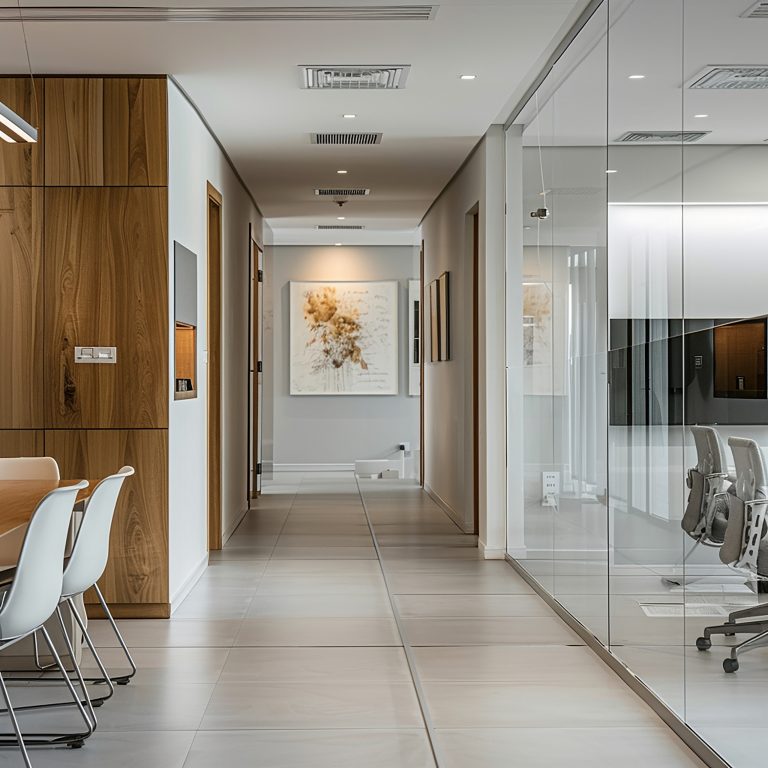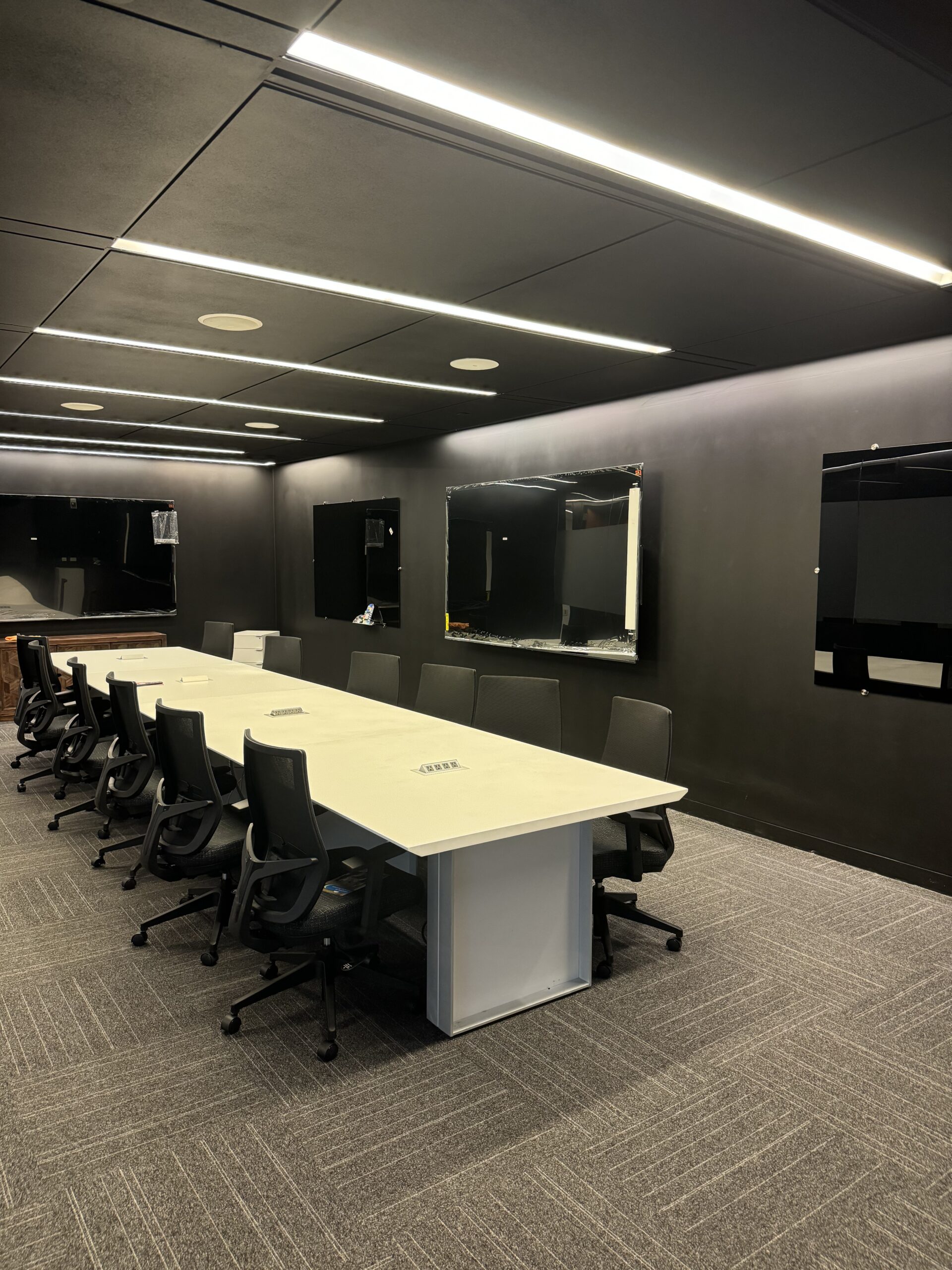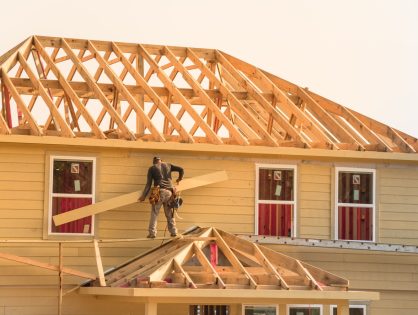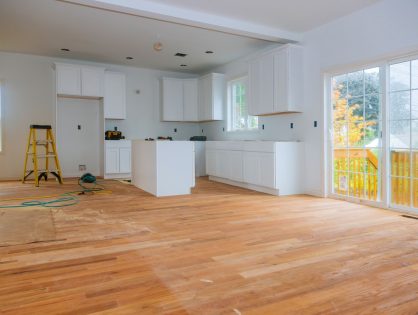A commercial office building construction from the ground up is no small task. It requires a strategic balance of planning, budgeting, compliance, and design innovation. Whether you’re a property owner looking to expand your portfolio, or a company investing in a permanent headquarters, successful ground-up construction can yield long-term benefits — but only if executed properly.
As a seasoned general contractor in Arlington, VA, Dzala General Contractor understands the intricacies of commercial office building construction across the DMV (D.C., Maryland, Virginia) region. In this guide, we provide ten essential tips for planning and executing a high-performance office build that meets today’s tenant expectations and tomorrow’s operational demands.
When Does Ground-Up Construction Make Sense?
Ground-up construction makes the most sense when:
- You need a tailored space that existing properties can’t offer
- The location offers long-term strategic value
- Existing buildings require more renovation than new construction would cost
- You’re planning for long-term ownership and control
It offers design freedom, improved energy efficiency, and modern infrastructure. However, it also comes with longer timelines and more complex permitting. A careful cost-benefit analysis should precede any new build decision.
If you think that a renovation project might make more sense check out our Guide to commercial office renovation or our blog on commercial remodeling in the DMV.

DMV-Specific Considerations for New Office Builds
The DMV area has its own unique blend of zoning regulations, climate challenges, and tenant expectations that need to be factored into your planning. To learn more about DMV tenant expectations check out our blog on Office Renovation Strategies That Attract DMV Tenants.
Zoning and Regulatory Landscape
Each jurisdiction has distinct permitting timelines and zoning codes:
- Arlington County often encourages mixed-use and sustainable development.
- Washington, DC has strict historic preservation requirements in many zones.
- Montgomery County emphasizes stormwater management and environmental compliance.
Working with local officials early in the process helps streamline approvals. It’s also essential to check for overlay zones, easements, or special design review boards that could delay your project.
Environmental Conditions
The DMV’s hot, humid summers and cold winters influence HVAC sizing, insulation strategies, and exterior material selection. Incorporating solar readiness, green roofs, and stormwater capture systems aligns your build with regional sustainability goals.
A comprehensive commercial maintenance plan will help ensure these systems operate efficiently long-term. Preventive and routine maintenance — such as regular HVAC servicing and prompt repairs — not only extends the lifespan of building systems but also helps maintain tenant satisfaction and ROI.
The Office Construction Process – Step-by-Step
A successful project depends on structured phases with clear communication and accountability:
1. Feasibility and Site Analysis
Assess the site’s suitability for development. This includes soil testing, utilities access, traffic impact, and zoning compliance.
2. Design and Preconstruction
Architects and engineers create detailed plans based on your needs. Simultaneously, your general contractor provides budget estimates, permitting guidance, and constructability reviews.
3. Permitting and Approvals
Submit construction documents to local authorities. Your general contractor should manage this process to avoid delays.
4. Site Prep and Foundation Work
Demolition (if needed), grading, and excavation precede pouring the foundation. This sets the literal groundwork for success.
5. Structural Framing and Core Systems
Steel, concrete, and wood framing rise next, followed by mechanical, electrical, and plumbing (MEP) rough-ins. This phase includes inspections and quality control.
6. Interior Build-Out and Finishes
Interior walls, flooring, ceilings, lighting, HVAC finishes, and elevators are installed. The space begins to resemble a functional office.
7. Final Inspections and Handover
Your contractor handles final walkthroughs, occupancy certifications, and turnover of documents and warranties.
Once construction is complete, make sure you’re doing proper commercial property maintenance to prevent costly repairs in the future.

Must-Have Features in Modern Office Buildings
Today’s tenants are more selective than ever. Office buildings need to reflect both form and function:
- Flexible layouts: Open-plan areas with options for private rooms
- Tech infrastructure: High-speed fiber, secure server rooms, smart building controls
- Energy efficiency: LED lighting, high-performance HVAC, daylighting, and Energy Star appliances
- Sustainability: EV charging stations, bike storage, green roofs, and LEED certification readiness
- Amenities: Onsite fitness rooms, conference centers, cafes, or outdoor workspaces
- Security: Keycard access, surveillance systems, and secure entryways
Incorporating these features during initial planning saves on costly retrofits later.
Leaning into smart building maintenance platforms such as automation tools and data-driven analytics can optimize long-term operations and identify potential issues before they turn into costly repairs.
Selecting the Right Construction Partner
Hiring an experienced and communicative contractor makes or breaks your project. Here’s what to look for:
- Local expertise: Familiarity with DMV permitting processes and building codes
- Transparent budgeting: Detailed cost breakdowns and value engineering options
- Strong references: Check past work with businesses similar to yours
- Project management skills: Look for organized schedules, milestone tracking, and proactive communication
- Post-construction support: Maintenance plans, warranty handling, and ongoing support after occupancy
As one of the leading general contractors in Washington DC and Northern Virginia, Dzala General Contractor brings deep experience across commercial office builds, from ground-up construction to high-end tenant fit-outs.
Establishing a commercial maintenance strategy with your general contractor early in the process supports building performance and reduces operating costs over time.
Conclusion
A well-planned office construction project not only enhances your operational capabilities but also boosts asset value and market appeal. With careful site analysis, a solid construction team, and future-forward design choices, your new office building can become a long-term success.
If you’re exploring a commercial office building project in the DMV area, reach out to our team at Dzala General Contractor. We’re here to help you navigate local requirements, avoid common pitfalls, and deliver a space that truly works for your business.













